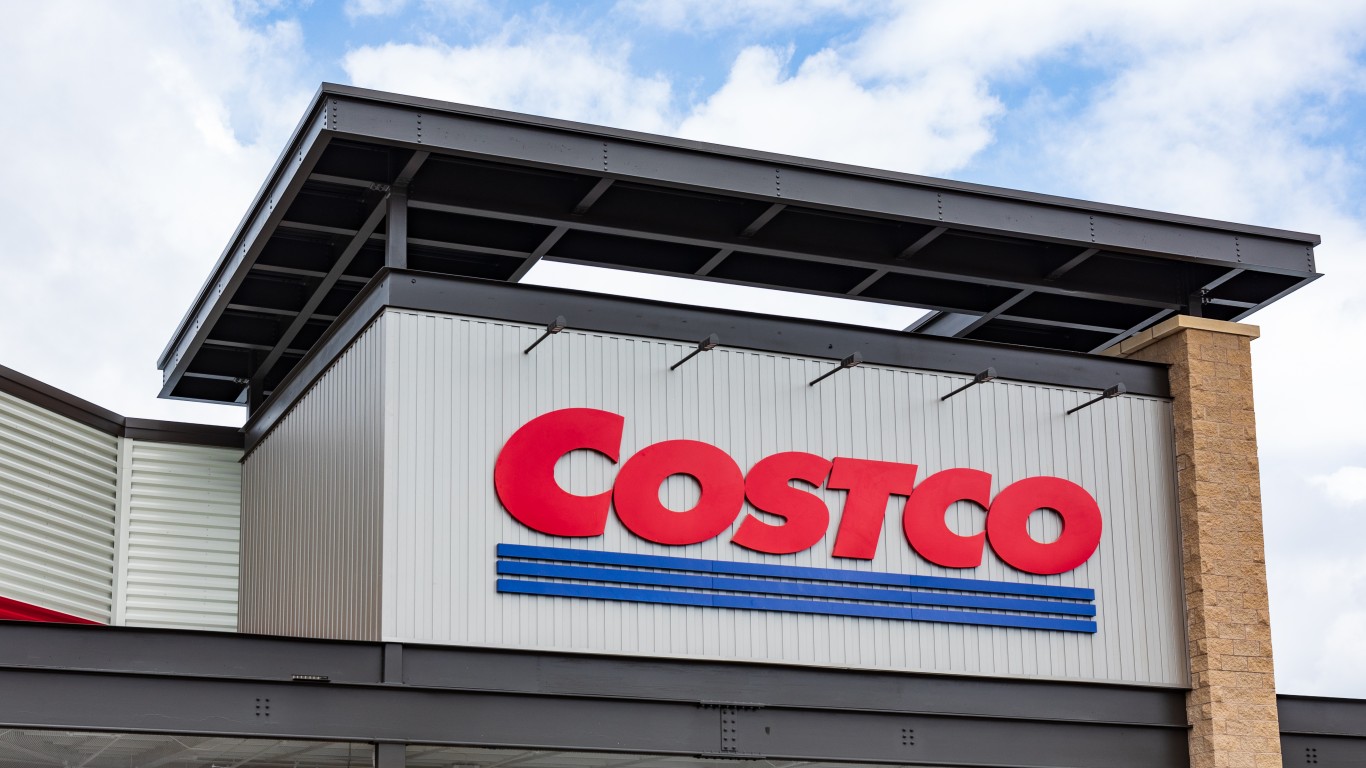 2010 is becoming the year of the dividend… either raised dividends or it is new dividends. Over the weekend, we reviewed the restaurant and food service sector when we were evaluating McDonald’s Corporation (NYSE: MCD) against the entire sector as its value is almost that of the entire public universe in the dining sector. It turns out that Starbucks Corp. (NASDAQ: SBUX) pays no dividend. While this might not matter to many and is certainly not anything new, this is at least one way to entice shareholder loyalty. And it begs a question… Will Starbucks make 2010 the year of its first dividend?
2010 is becoming the year of the dividend… either raised dividends or it is new dividends. Over the weekend, we reviewed the restaurant and food service sector when we were evaluating McDonald’s Corporation (NYSE: MCD) against the entire sector as its value is almost that of the entire public universe in the dining sector. It turns out that Starbucks Corp. (NASDAQ: SBUX) pays no dividend. While this might not matter to many and is certainly not anything new, this is at least one way to entice shareholder loyalty. And it begs a question… Will Starbucks make 2010 the year of its first dividend?
We recently saw PF Chang’s China Bistro Inc. (NASDAQ: PFCB) adopt a dividend payout. Two of the still-growing companies in casual dining are Chipotle Mexican Grill (NYSE: CMG) and Panera Bread Co. (NASDAQ: PNRA), and both are growing and need the capital for growth over payouts now.
If you look right on the investor relations site for Starbucks, on of the questions under FAQ is “Does Starbucks pay a cash dividend?: The answer:
- No. Starbucks has never paid a cash dividend and presently intends to retain earnings to help finance the Company’s continued growth.
There is just one problem here in thinking that just because the section has read the same that it will always say that. Starbucks is not growing rapidly any longer, even if some peers in the casual dining sector and fast food sector are. Starbucks’ footprint is not exactly a small footprint, and it has cut many underperforming or redundant stores. The coffee giant operates in all 50 states and D.C. and it lists 7,087 company-operated stores and 4,081 licensed stores.
The big room for growth is outside of North America. Starbucks operates in 43 countries outside the United States and it counts company-operated stores as 1,796 stores and on an international basis it lists its joint venture and licensed stores as 2,792 stores. So if you take rough figure of 11,000 domestic versus 16,000 total, the big growth will be global. And of that figure so far or at least as of today shows that about 60% of its stores internationally have been joint venture stores.
You can probably guess where I am heading with this… It does not seem as though Starbucks needs all the growth capital. In fact, after reviewing its store openings you will see that the growth has died: Total new stores in the U.S. and internationally in 2004 was 1,344; 2005 was 1,672; 2006 was 2,199; 2007 was 2,571; 2008 was 1,669; 2009 was -45; YTD in 2010 has been 71.
Starbucks posted $0.80 pro form EPS in its Fiscal-Sept 2009 year and it more than pleased with its latest earnings. Thomson Reuters is expecting $1.11 EPS in 2010 and $1.26 EPS in 2011. At $23.39 today, Starbucks trades at 19.75-times a blended 2010/2011 earnings estimates. The company also now holds about $1.7 billion in cash and investments and its market cap is over $17.3 billion and its share count is over 743 million shares.
For the company to offer a 1% dividend, it would have to pay about $0.06 per quarter in a dividend. Effectively, that would come close to one-quarter of its pro forma income. When P.F. Chang’s set its dividend policy, the company was targeting roughly 40% of income to be paid out to shareholders.
Starbucks is fortunate in that it went back to basics, dropped some stores, became a little more recession-conscious, and has looked for more and more internal improvements. The coffee giant was probably never at risk of going away but it was being hit by competitors right when the economy was doing so poorly.
Is it fair to demand that Starbucks start to pay a dividend? No, not today. The company has just came off a period where it was sharply criticized for just about every move it made. Management is deeply entrenched now. And things are back to normal. It may even be a couple of years before Starbucks has to decide it needs to adopt a dividend policy. Historically there has been a trend of growth companies starting to pay out dividends after they matured. Starbucks has already matured. The question comes down to how much growth it wants to press after a hyper-growth in the last decade.
JON C. OGG
Thank you for reading! Have some feedback for us?
Contact the 24/7 Wall St. editorial team.



